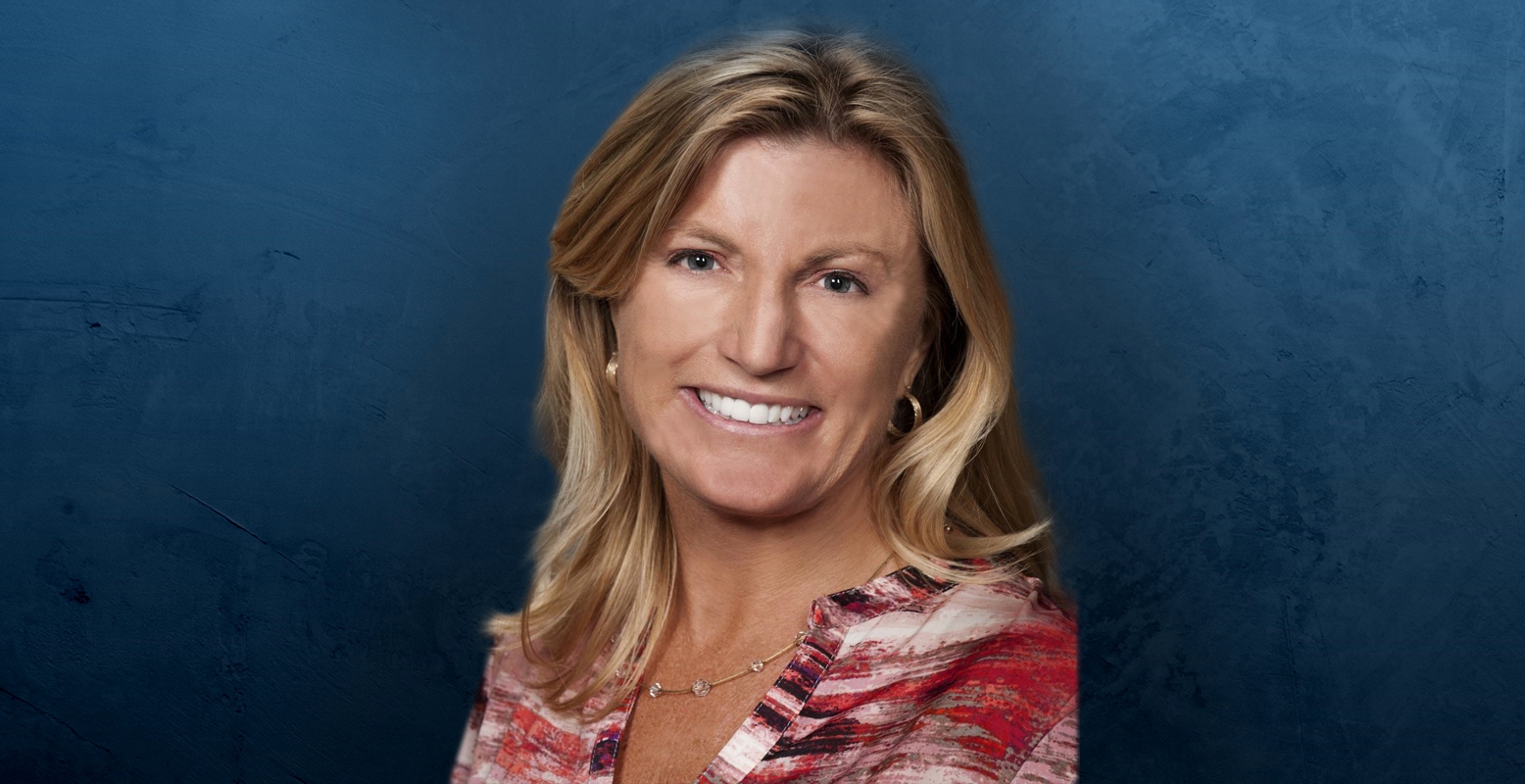Gregg Steinhafel
Power 50 Profile Ranking: 22 Title: president and CEO Company: Target Corp. Key Developments: Sour economy forces marketing adjustments What's Next:Target’s first perishables distribution center At least for now, Tarzhay is out and ...
July 17, 2008
|
|
At least for now, Tarzhay is out and Target is back in.
With the economic downturn, Target Corp., Minneapolis, found that spending on fashion-driven merchandise was down, while food and other necessities were doing well, according to Gregg Steinhafel, president and chief executive officer. As a result, the retailer shifted its marketing to emphasize the “pay less” part of its “expect more, pay less” concept.
“As gas and food prices continue to rise, and the housing market slows, consumers are facing increased financial pressure, and reducing their spending, especially in discretionary categories,” he said during a recent earnings conference call.
“In this climate, we have heightened our focus on our frequency driving businesses, including pharmacy, food and commodities. We are placing greater emphasis on the ‘pay less’ side of our brand promise in our weekly circular, in-store signing, and through a greater use of value pricing on endcap displays,” Steinhafel said.
“The challenge is to make sure that Target’s message of ‘expect more, pay less’ translates equally well in a down economy as it does when consumers were routinely trading up and Target was a major beneficiary,” said Neil Stern, partner, McMillan Doolittle, Chicago. “They are working to slightly tailor their messaging to focus more on value while not losing their unique positioning.”
“The economy is the biggest challenge, and when they talk about ‘cheap chic,’ how will they keep the balance between value and chic this year?” added Don Stuart, managing director, Cannondale Associates, Wilton, Conn.
Target does not plan to slow the pace of its store openings, adding 100 net stores a year, accounting for relocated and closed units, he said. It had a total of 1,613 in 47 states going into this month when it plans to add 35 stores.
The chain continues to build SuperTarget stores, although fewer of the larger units than Wal-Mart Stores, Bentonville, Ark. It plans to open 40 this year, 44 next year and 48 in 2010, SN has reported. Meanwhile, food presentations in Target’s new conventional stores continue to get larger, particularly frozens.
With 90% of a supermarket’s profit coming from Center Store categories, not the perimeter, which is primarily used to differentiate and attract customers, there is a rationale for Target doing this, Stuart said. “Target really stands for something else in terms of their image, apparel and design. So they almost don’t have to take a risk on perimeter categories,” he said.
But SuperTargets, with full perimeter sections, are coming and the retailer will open its first perishables distribution center in Lake City, Fla., this fall. Another will follow in Cedar Falls, Iowa, next year, SN has reported, and the company plans to completely self-distribute perishables within five years, Steinhafel said.
The distribution centers will give Target greater control over perishables, “leading to higher food margins, improved freshness and continued rapid growth of our own food brand,” he said.
“Target has been an enormous influence on retailing and is quietly assuming a greater role in food. They need to be carefully watched for their unique approach to brand building,” Stern said.
“As we look to the future, we remain confident in the relevance of our strategy, the strength of our brand, and the dedication of our talented team,” Steinhafel said.
— DAN ALAIMO
You May Also Like



.png?width=300&auto=webp&quality=80&disable=upscale)

